20 Best Places To Visit In Vietnam
Vietnam is such a diverse destination. One day you might be dodging motorbikes in the lively streets of Hanoi, and the next you’re cruising through the emerald waters of Ha Long Bay or hiking across mountain passes in Ha Giang.
Each region has its own personality, and that’s exactly why so many people fall in love with Vietnam.
If you’re planning your first Vietnam itinerary or looking for hidden gems to add to your next trip, this Vietnam travel guide will walk you through the best places to visit in Vietnam.
Hanoi
Hanoi is one of the best cities to visit in Vietnam and a great place to start your journey. Compared to Ho Chi Minh City, life here feels calmer, with lakes, tree-lined boulevards, and centuries of history at every corner.
The Old Quarter is where I always head first. It’s a maze of narrow lanes filled with traditional shops, family-run restaurants, and street vendors.
If you want to try the best local food in Hanoi, don’t miss bún chả or phở served on tiny plastic stools. It may not look fancy, but it’s where you’ll find the real flavor of the city.
For cultural highlights, visit the Temple of Literature, Vietnam’s first university, and the Ho Chi Minh Mausoleum. A stroll around Hoan Kiem Lake is also one of the most relaxing things to do in Hanoi, especially in the morning when locals are out walking and exercising.
If you can, plan your trip in autumn. It’s my favorite season in Hanoi. The weather is cooler, and the city streets are filled with golden leaves that make Hanoi look even more charming.

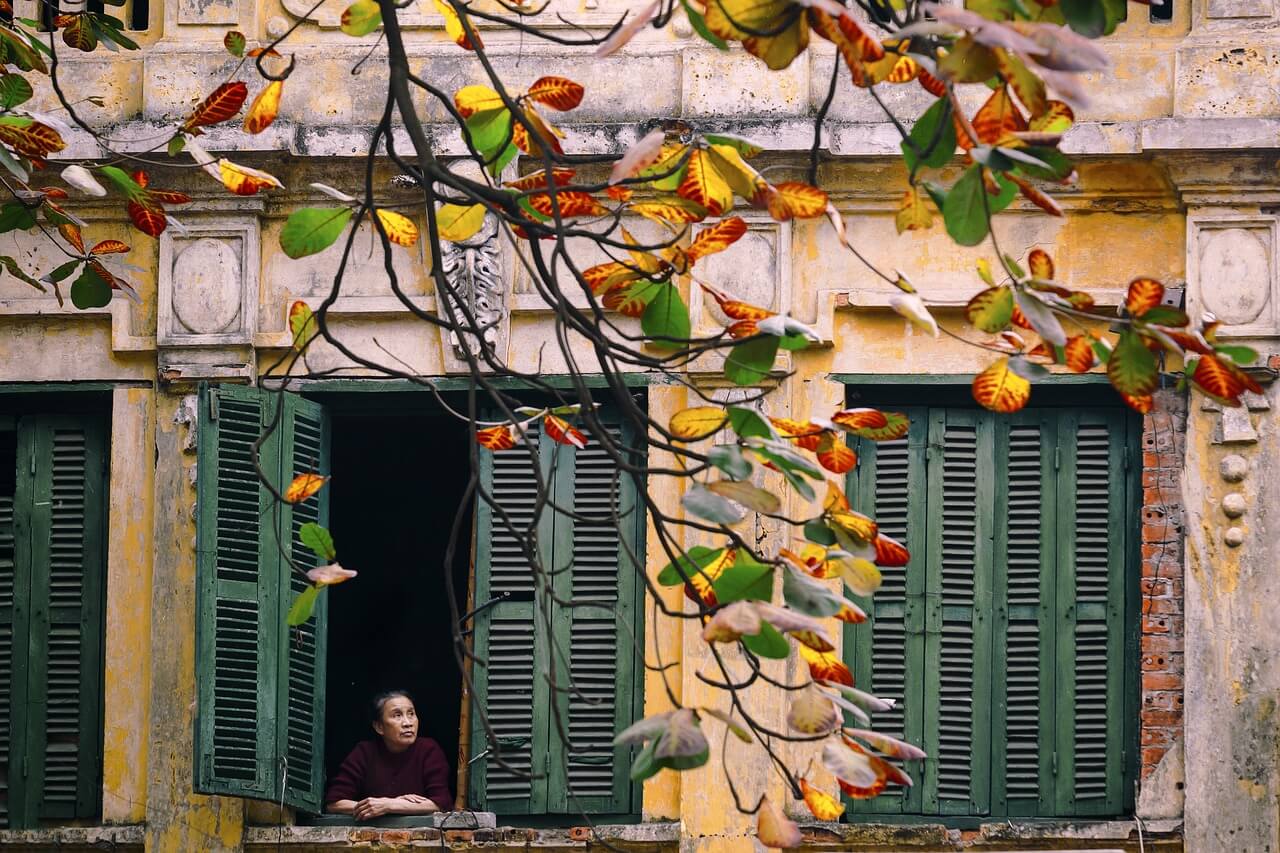
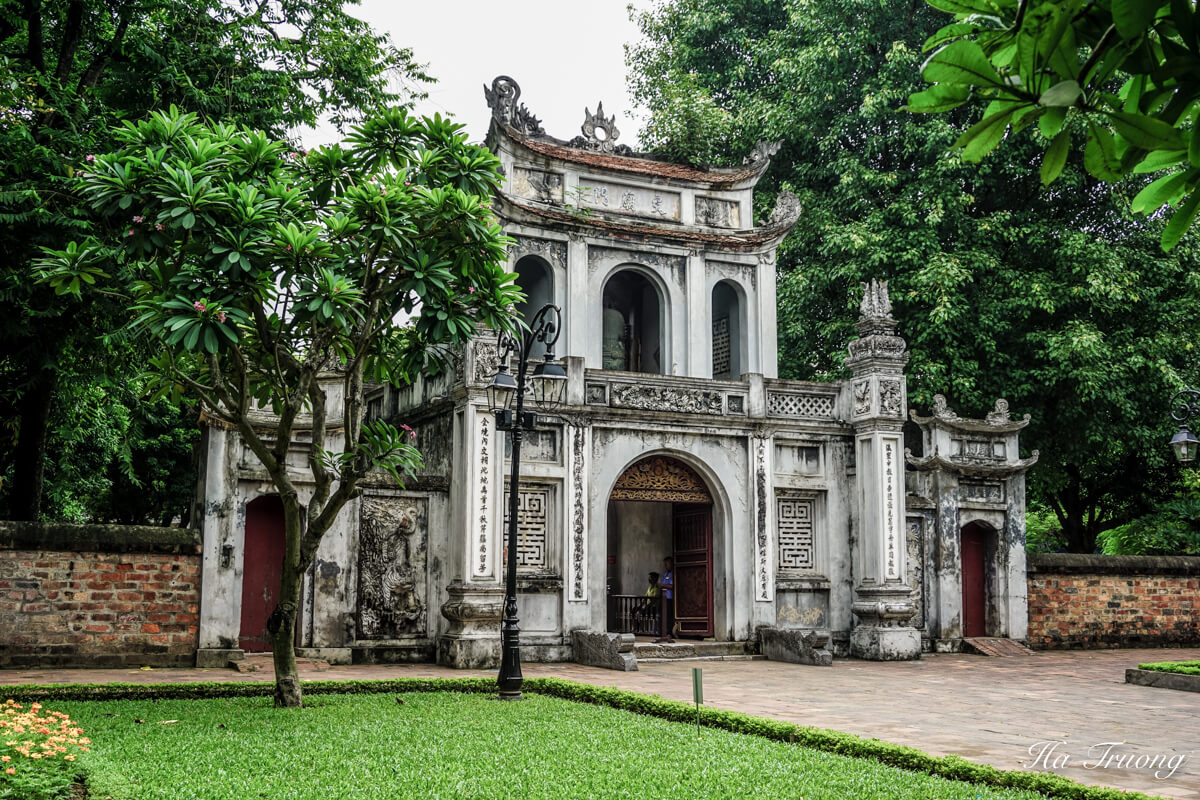
Ha Giang
If you’re looking for adventure and breathtaking scenery, Ha Giang is one of the best places to visit in Northern Vietnam. Even as a local, I was blown away the first time I traveled here.
I decided to do the Ha Giang Loop motorbike trip, and it quickly became one of the most unforgettable experiences of my travels. Riding along Ma Pi Leng Pass, with sheer cliffs on one side and the river winding far below, it was incredible. No photo ever captures how jaw-dropping it feels in real life.
What surprised me most, though, was the culture. Ha Giang is home to nearly 20 ethnic minority groups, and visiting the local markets was one of my favorite experiences.
I loved watching families arrive in colorful traditional clothes, selling fresh produce, handmade tools, or simply catching up with neighbors. It reminded me of how diverse Vietnam really is.
Getting to Ha Giang takes more effort than visiting places like Sapa or Ninh Binh, but for me, that’s what makes it special. It’s raw, authentic, and the kind of destination you’ll talk about long after your trip ends.



Sapa
Sapa is another must-see destination in Northern Vietnam, especially if you love trekking and mountain views. While it’s more developed than Ha Giang, the surrounding valleys still feel out of the world.
The first time I visited was in September during harvest season, and the terraced rice fields glowed golden under the sun. On another trip in May, the terraces shimmered with water, reflecting the sky. Both times left me in awe.
I usually spend a few days trekking through Muong Hoa Valley, and it never disappoints. Walking past the rice fields and stopping at small villages along the way is one of my favorite things to do in Sapa.
Staying in a homestay with a local family also made my trip more meaningful. I’ll never forget sitting down for dinner with my host family and sharing stories over homemade rice wine.
Not every moment is about trekking, though. You’ll also enjoy wandering down to Cat Cat village to pick up souvenirs, and riding up to O Quy Ho Pass for the views. The mountains here are so vast that they make you feel tiny in the best way possible.


Read more: The best time to visit Sapa, Vietnam.
Ha Long Bay
Ha Long Bay is one of those places that truly lives up to the hype. A UNESCO World Heritage Site, it’s made up of over 1,600 limestone islands rising out of emerald waters. If you’ve seen photos of Vietnam, chances are Ha Long Bay is what you pictured first.
One of the best things to do in Ha Long Bay is to join a cruise. I’ve been on a few, and gliding across the water while passing towering cliffs never gets old. My favorite part is watching the sunset from the deck. The sky glows gold and pink, and the whole bay looks almost unreal.
Beyond the views, there’s plenty of adventure here too. You can kayak into hidden caves, explore limestone grottos, or even try squid fishing at night.
If you have time, I recommend staying overnight on the boat instead of just doing a day trip from Hanoi. Waking up in the middle of the bay with mist drifting over the islands is magical.
When it comes to breathtaking natural beauty, Ha Long Bay stands out. A UNESCO World Heritage Site, it’s home to over 1600 limestone islands and islets emerging from the emerald waters. Each island is a world of its own, featuring diverse ecosystems, lush green forests, and majestic caves.
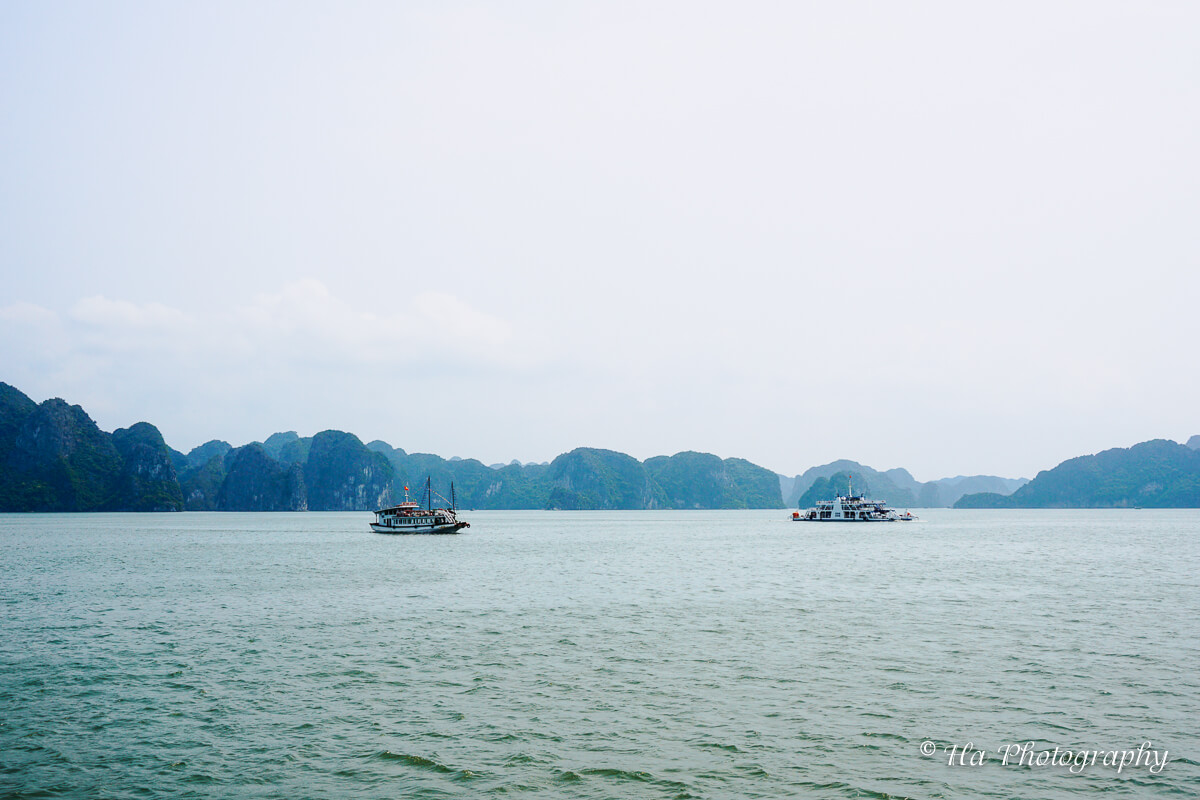
Cat Ba Island & Lan Ha Bay
If Ha Long Bay is the famous sibling, Cat Ba Island is the underrated one. It’s the largest island in the area, and for me, it’s a better base if you want fewer crowds and more variety.
Cat Ba National Park is a highlight. I went hiking here and loved how the trails take you through dense forest to viewpoints over the island. It’s also home to rare wildlife, including the endangered langurs, though spotting them takes luck.
The beaches on Cat Ba are another reason I enjoy coming here. Cat Co 1, Cat Co 2, and Cat Co 3 are all small but beautiful. They’re perfect for swimming or just relaxing after a day of exploring.
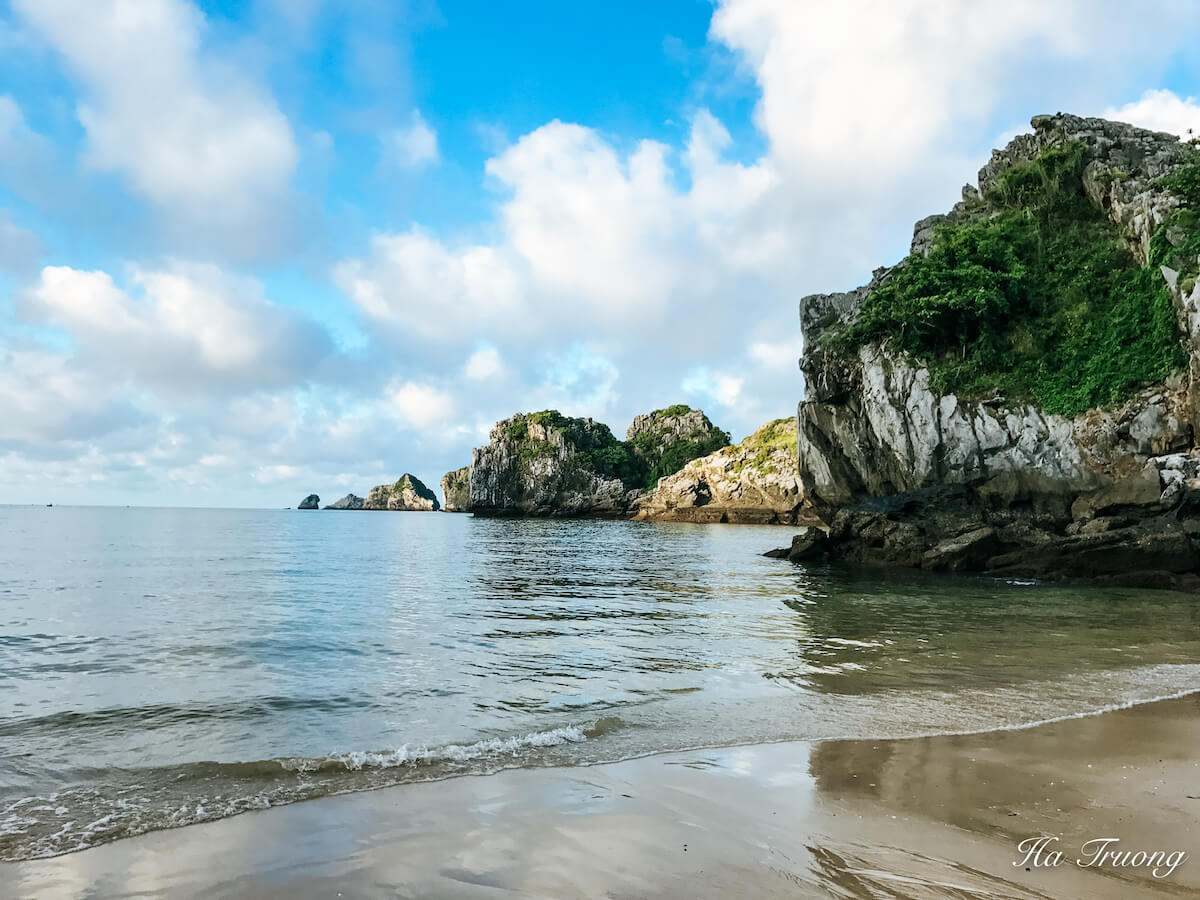
Just off the island, Lan Ha Bay offers the same limestone cliffs as Ha Long but with a quieter atmosphere. Kayaking through hidden lagoons and stopping at tiny beaches felt like I had the whole place to myself. If you’re looking for a Ha Long Bay alternative, this is it.

Ninh Binh
Often called “Ha Long Bay on land,” Ninh Binh is one of the most stunning places to visit in Northern Vietnam. It’s a mix of rivers, rice paddies, limestone mountains, and ancient temples. I’ve visited several times, and each trip feels peaceful compared to the busy Hanoi.
You can’t leave without trying the boat tour in Trang An. Sitting in a small sampan rowed by locals, you glide through caves and waterways surrounded by dramatic karst cliffs. It’s one of the most scenic experiences in Vietnam.
For history lovers, Bai Dinh Temple and Hoa Lu Ancient Capital are worth visiting. Bai Dinh is the largest Buddhist complex in Vietnam, and walking around its huge courtyards always makes me feel calm.
I also climbed the steps up to Mua Cave for the panoramic view over the rice fields. The stairs are steep, but the view from the top is one of the best in Ninh Binh.
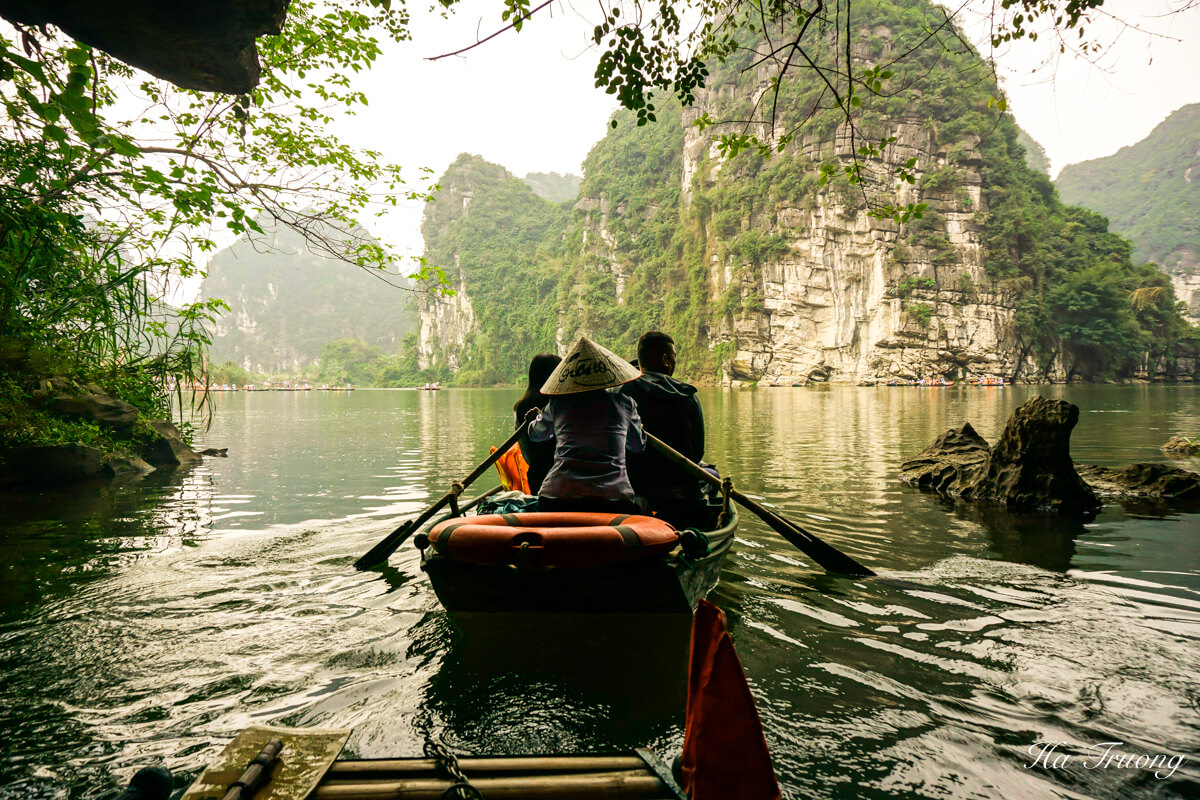
Read more: How to get from Hanoi to Ninh Binh.
Mai Chau
Just a few hours from Hanoi, Mai Chau feels like a completely different world. Instead of traffic and noise, you’ll find rice paddies stretching across the valley, stilt houses tucked into the fields, and mountains rising in the distance.
I love coming here for the slower pace. Cycling through the villages of Lac or Pom Coong was peaceful. You pass women weaving brocade on their porches, kids waving as you ride by, and farmers working in the fields.
Mai Chau is home to the White Thai and Black Thai ethnic communities, and staying in a traditional stilt house is a highlight. I stayed overnight every visit and woke up to the sound of roosters and mist rolling through the valley.
The scenery changes with the seasons too. I’ve seen it bright green in summer and golden during harvest time, and both are beautiful in their own way.


Cao Bang
Cao Bang is one of Vietnam’s most underrated destinations. It’s further north than Ha Giang, so not many tourists make it here, which is part of its charm. The landscapes are dramatic, with limestone mountains, rivers, and hidden valleys that feel untouched.
The main attraction is Ban Gioc Waterfall. I still remember the first time I saw it! The falls are huge, with water cascading down multiple tiers right on the border with China. It’s easily one of the most impressive waterfalls in Southeast Asia.
Another highlight is Nguom Ngao Cave. Walking through its massive chambers filled with stalactites and stalagmites felt like stepping into another world. It’s cool inside too, so it’s a nice break from the summer heat.
Cao Bang also has small ethnic minority villages, where life is quiet and traditional. Visiting them reminded me a lot of Ha Giang but without the same level of tourism.
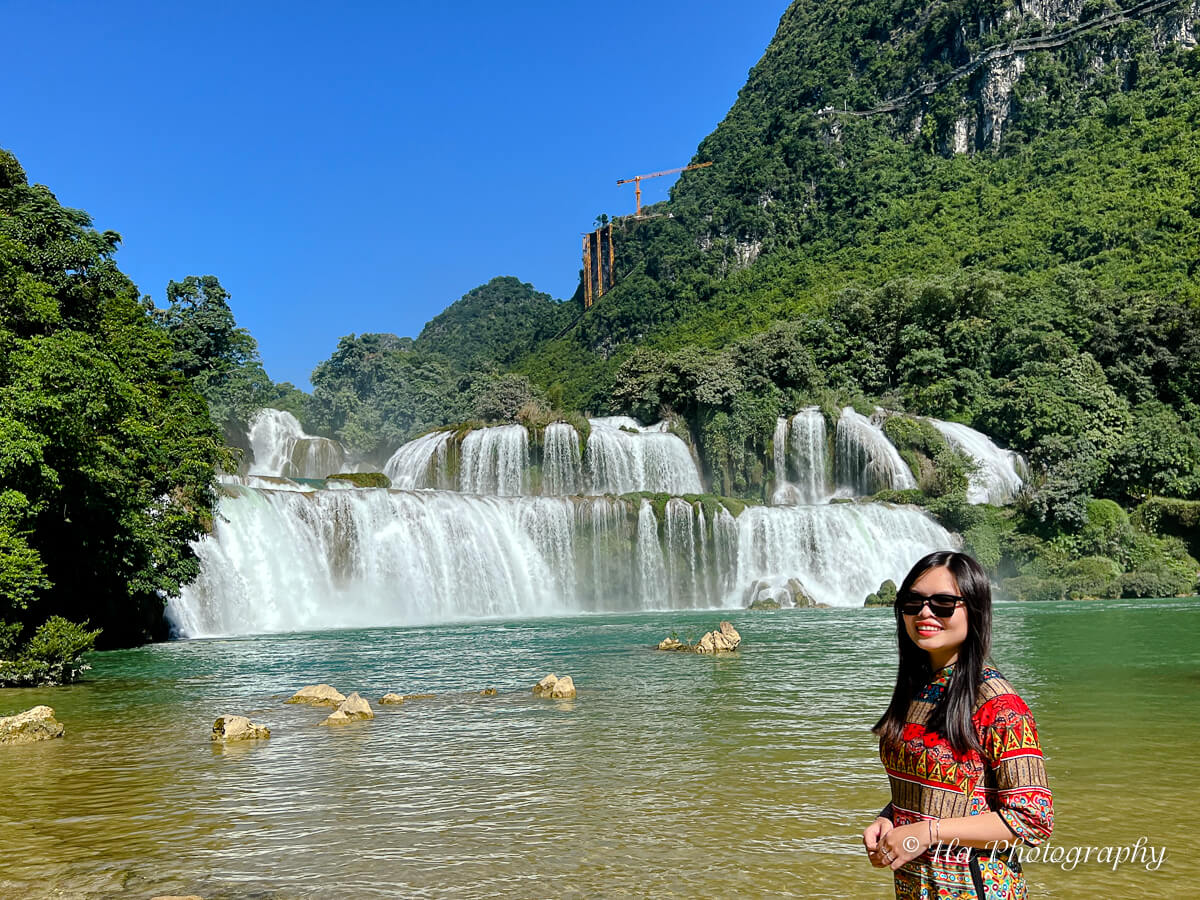
Phong Nha – Ke Bang
If you’re looking for adventure in Vietnam, Phong Nha is hard to beat. It’s famous for its massive cave systems, and exploring them is a once-a-life-time experience.
The first time I visited Paradise Cave, I couldn’t believe how large it was. The formations inside look like something out of a fantasy movie, with huge stalactites and stalagmites stretching as far as you can see.
On another trip, I tried the Dark Cave, where you wade through water and even enjoy a mud bath. It’s messy but a lot of fun.
Beyond the caves, Phong Nha has rivers, jungle trails, and viewpoints that make it a great spot for nature lovers. I also liked kayaking on the Son River and visiting small villages around the park.
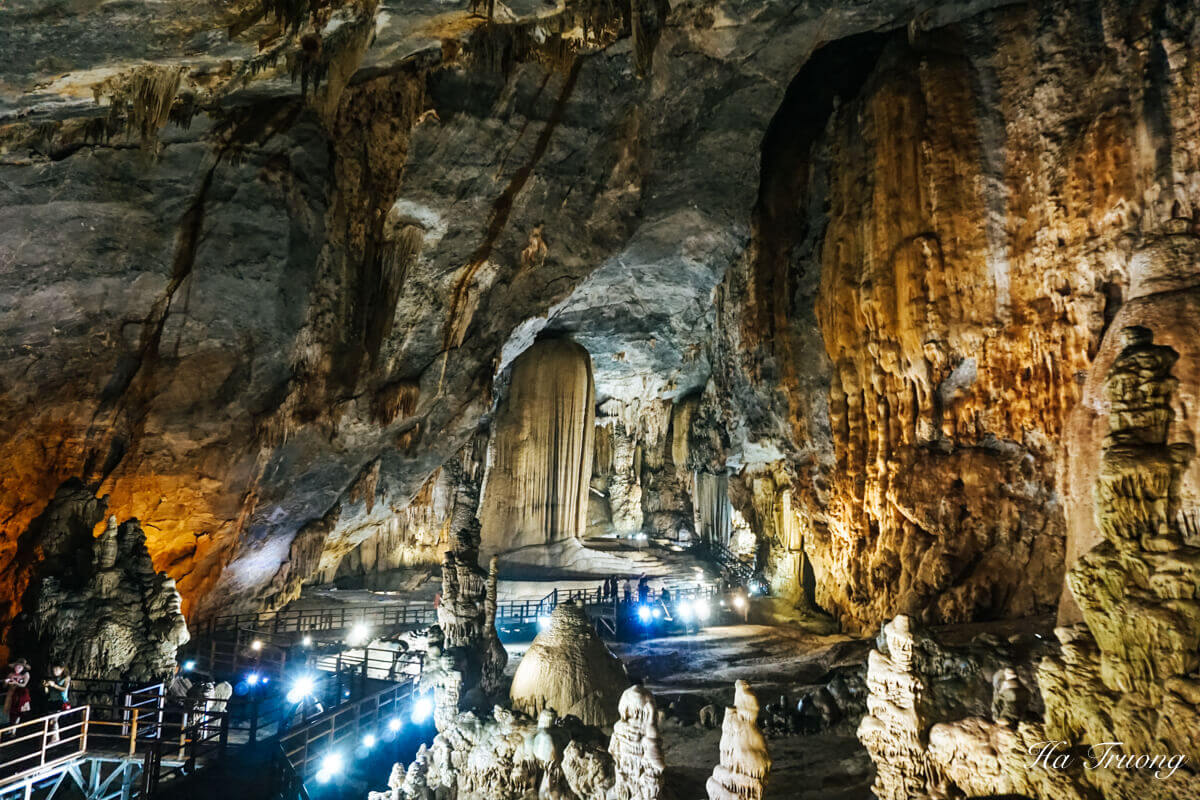
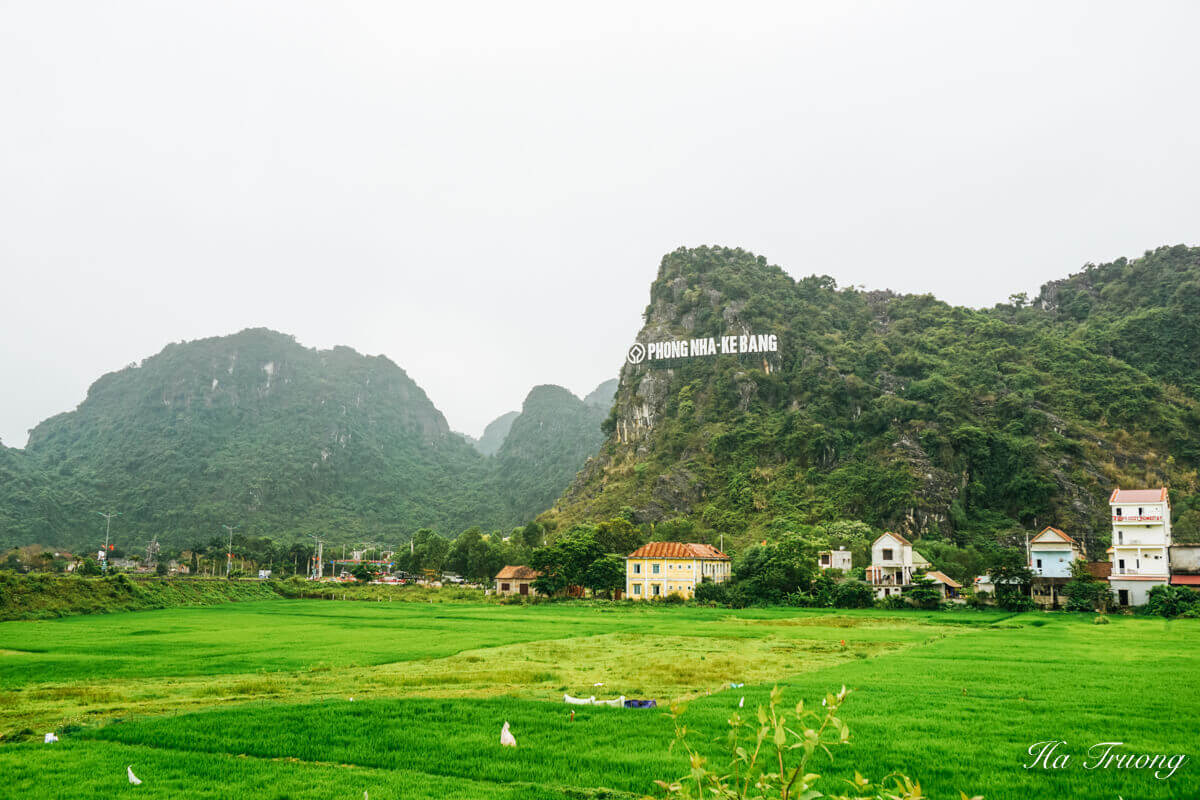
Hue
Hue is Vietnam’s former imperial capital, and you can feel the history everywhere. The city is quieter than Hanoi or Ho Chi Minh City, but that’s part of its charm. Instead of rushing, you find yourself slowing down and taking it all in.
The Imperial City (the Citadel) is the main attraction, and walking through its gates always gives me chills. You’re surrounded by palaces, temples, and gardens that once belonged to the Nguyen emperors.
Just outside the city, you’ll find their royal tombs. Each one has its own style. Khai Dinh’s tomb is ornate and detailed, while Minh Mang’s feels more peaceful and traditional.
But Hue isn’t just about history. The food here is amazing too. Dishes like bún bò Huế (a spicy beef noodle soup) are famous across Vietnam, and tasting it in Hue makes it even better.
On one trip, I also stopped by the abandoned Thuy Tien waterpark. It’s eerie but fascinating, and definitely one of the more unusual things to do in Hue.
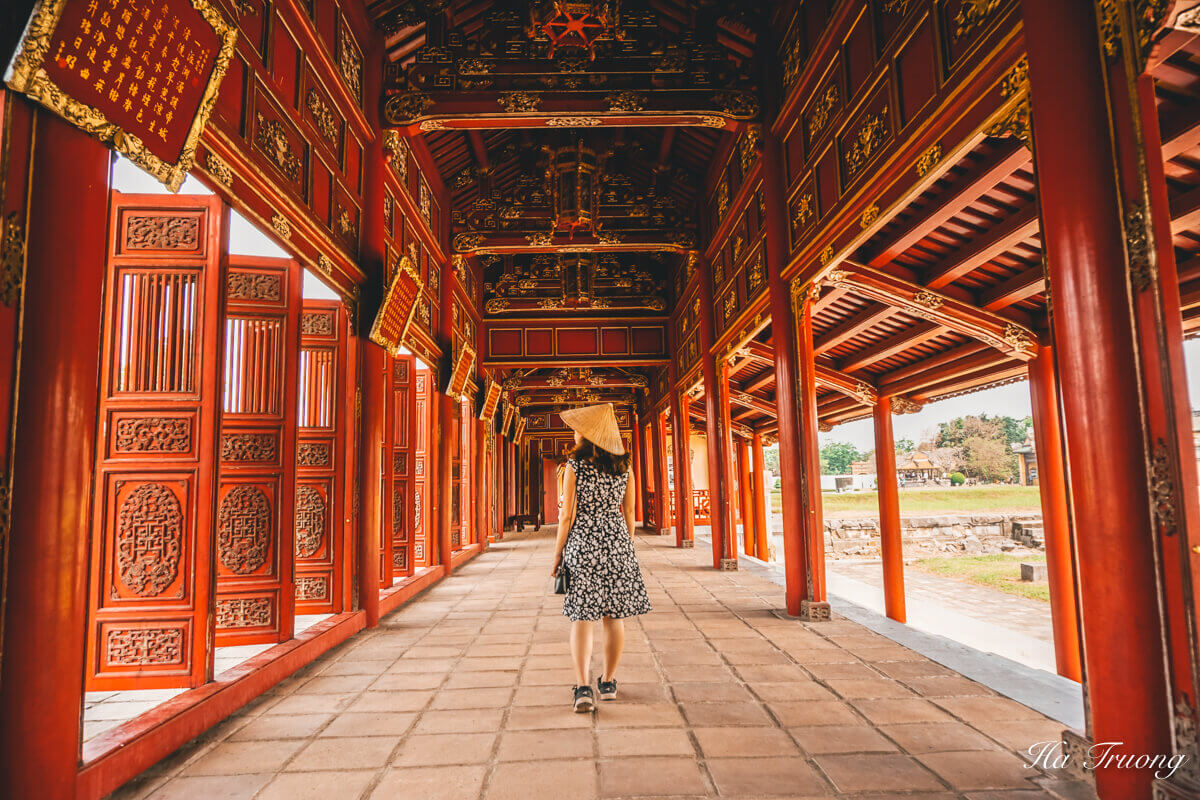
Da Nang
Da Nang often gets overlooked, but I think it’s one of the best places to visit in Central Vietnam. The city has a little bit of everything: beaches, mountains, modern cafés, and a relaxed atmosphere that makes it easy to stay longer than planned.
My Khe Beach is a must-visit. The sand is soft, the water is warm, and it’s perfect for swimming or watching the sunset. I’ve spent whole afternoons here just doing nothing but enjoying the view.
For something completely different, head to the Marble Mountains. Climbing up through caves and pagodas carved into the rock feels like stepping into a hidden world.
And if you’re up for a day trip, Ba Na Hills with its Golden Bridge (yes, the one with the giant stone hands) is worth seeing at least once.
The Son Tra Peninsula is another favorite spot. It’s less crowded, and if you’re lucky, you might even spot the rare red-shanked douc monkeys.
And of course, the food. I never leave Da Nang without eating mì Quảng (turmeric noodles with pork and shrimp) and Banh Xeo. It’s simple but full of flavor.

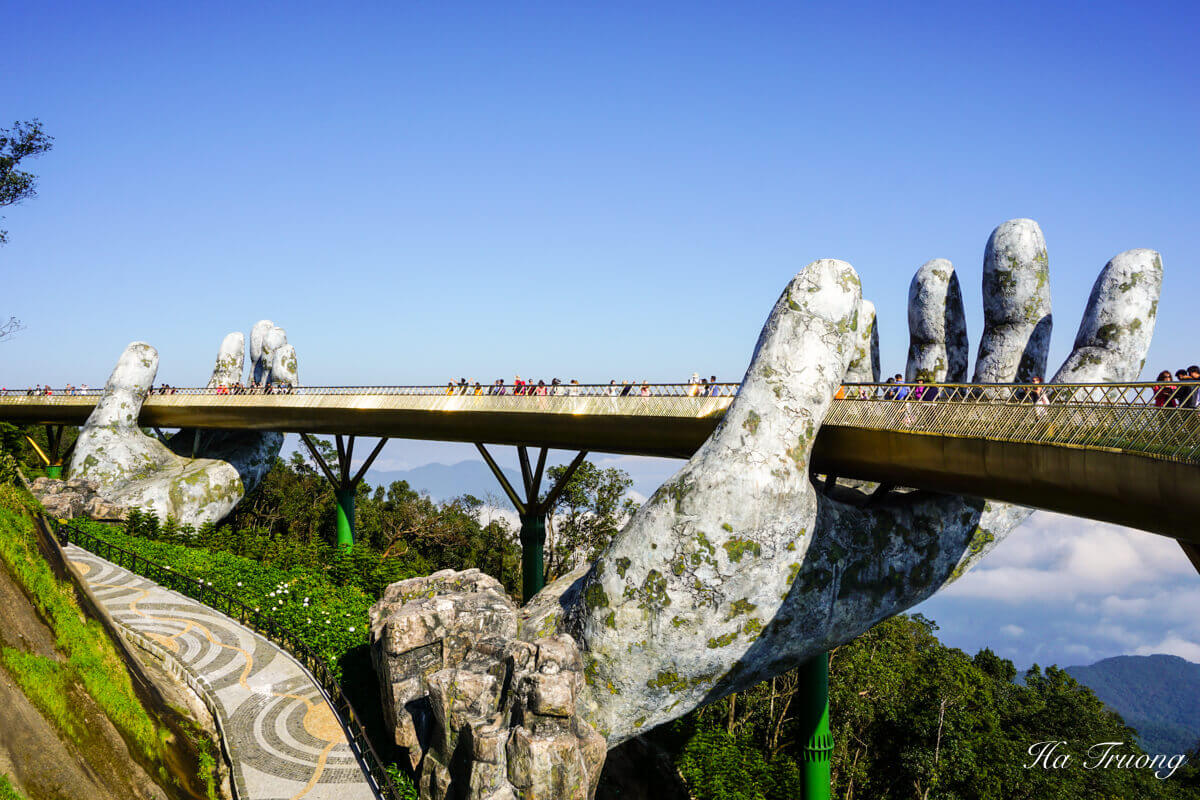
Hoi An
If you love food, history, and a little romance, Hoi An has it all. No matter how many times I visit, I always find myself falling for it again. The yellow houses, wooden shopfronts, and riverside views make it one of the most beautiful towns in Vietnam.
During the day, I like to wander the old town, stop for a tailor fitting (Hoi An is famous for its custom clothes), or grab a bowl of cao lầu, the noodle dish you can only find here. It’s chewy noodles, pork, and fresh herbs. Simple but delicious!
Hoi An is also a great base for day trips. The beaches are just a short ride away, and the Cham Islands are perfect if you want snorkeling or diving.

The Cham Islands
A short boat ride from Hoi An brings you to the Cham Islands, a small archipelago that feels worlds away from the busy streets of the Old Town.
The main island, Hon Lao, is simple and rustic, with fishing boats bobbing in the harbor and quiet beaches waiting to be explored.
I came here on a day trip once and was surprised by how clear the water was. Snorkeling over the coral reefs, I spotted colorful fish I didn’t expect to see so close to shore. If you enjoy diving, the Cham Islands are one of the best places in Vietnam for it.
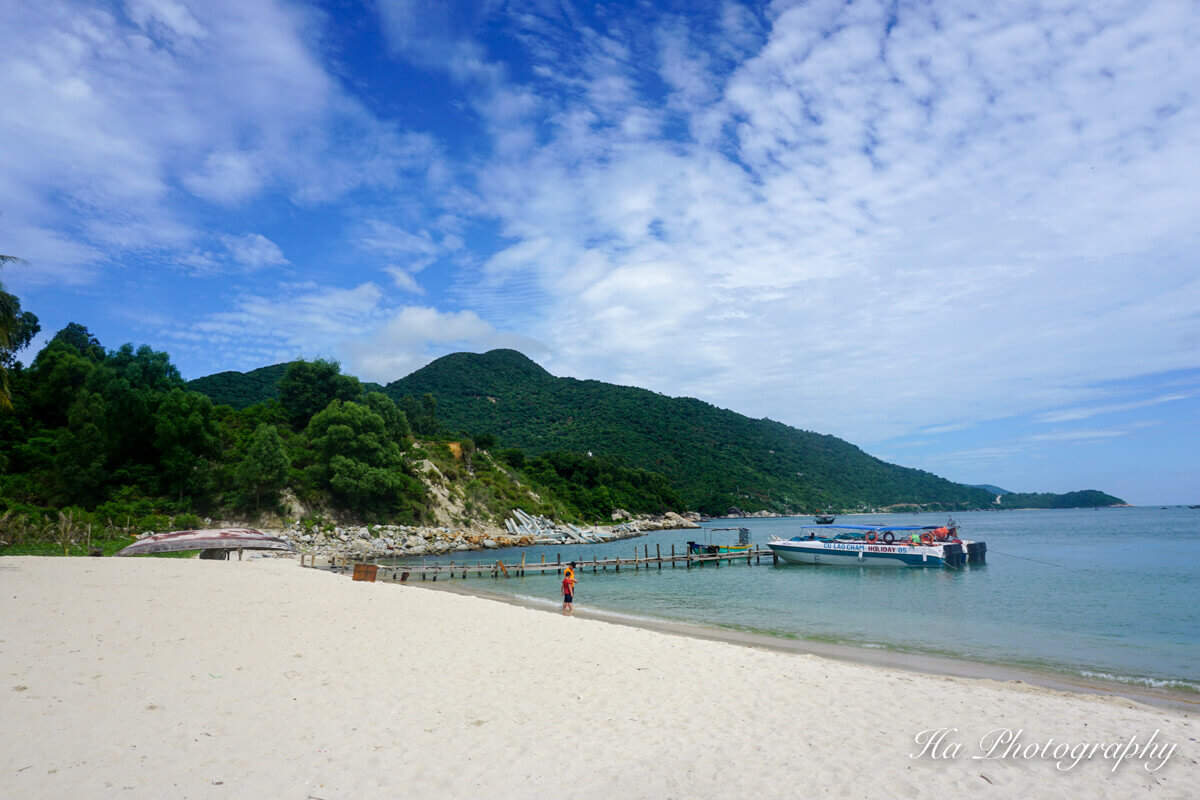
Cham Island is a wonderful day trip from Hoi An, and you can book your Cham Island tour here.
Phan Rang – Thap Cham
Unlike the big-name destinations, Phan Rang – Thap Cham doesn’t get as much attention, but that’s exactly what makes it special. Located in Ninh Thuan Province, this area is rich in Cham culture and traditions you won’t find anywhere else in Vietnam.
The Po Klong Garai Temple is the star attraction. Built by the Cham people, it’s one of the best-preserved Cham towers in Vietnam. Its architecture is striking against the dry hills surrounding the site.
I also recommend visiting Bau Truc Pottery Village. Watching artisans shape clay by hand using techniques passed down for centuries was fascinating. This is one of the oldest pottery villages in Southeast Asia, and seeing the skill involved made me appreciate how much culture still lives on here.
Phan Rang is also known for its vineyards, so if you’re curious, try the local wine. It may not be world-famous, but it’s part of what makes this region unique.



Nha Trang
When people ask me where to find the best beaches in Vietnam, Nha Trang is usually one of the first places I mention. The long stretch of golden sand, framed by turquoise water and palm trees, makes it a classic seaside getaway.
But Nha Trang isn’t just about sunbathing. I’ve gone snorkeling and diving here, and the offshore islands have some surprisingly colorful reefs.
For history lovers, the Po Nagar Cham Towers are worth visiting. Built between the 7th and 12th centuries, they sit on a hill with panoramic city and coastline views.
One quirky experience I enjoyed here was the mud baths. It sounds unusual, but soaking in warm mineral-rich mud is relaxing and actually leaves your skin really soft. I took mine on Hon Tam Island.
And for food? I love grabbing a bowl of bún cá sứa (rice vermicelli with jellyfish). It’s a local specialty that you don’t often find elsewhere in Vietnam.

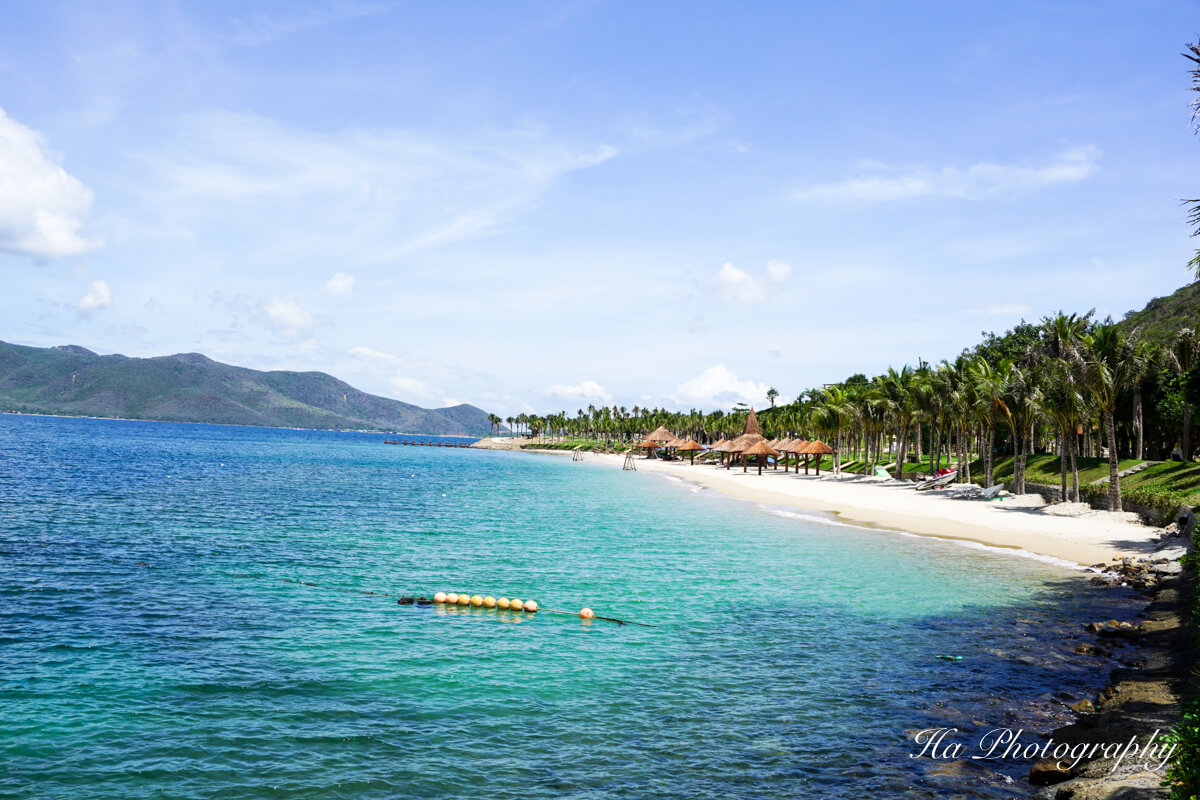
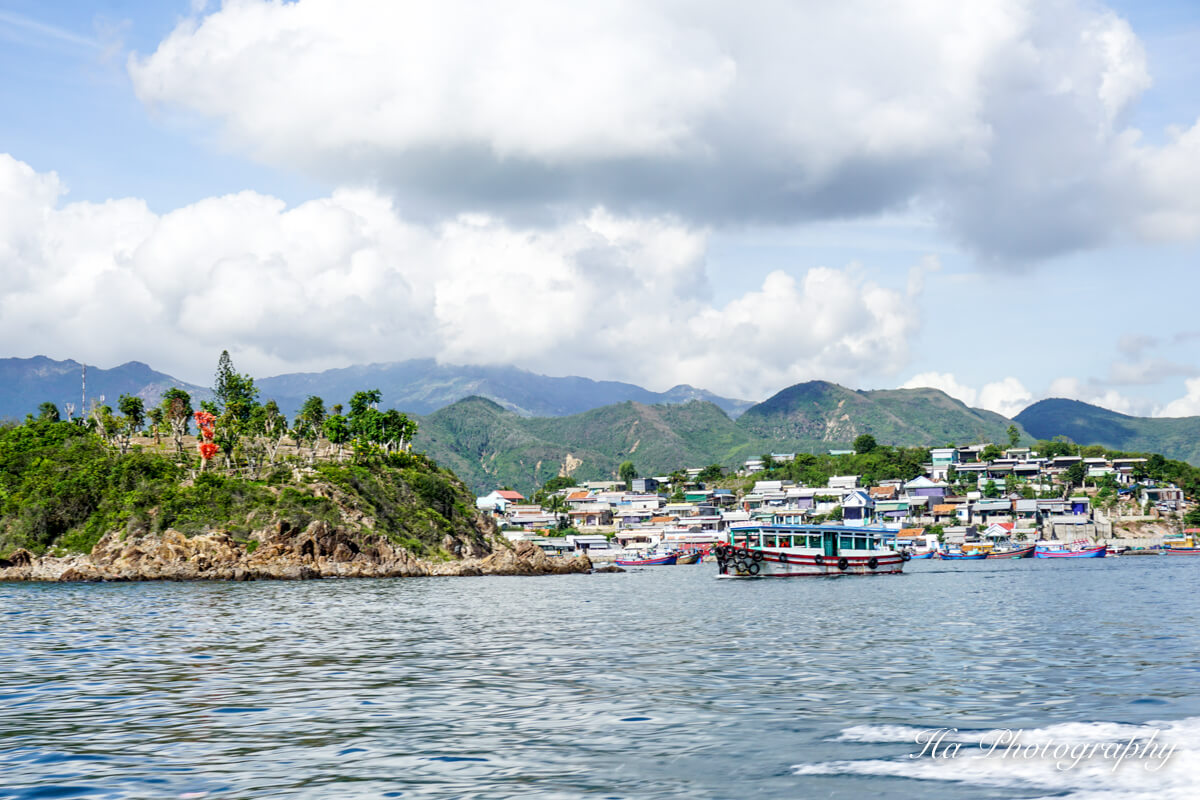
Mui Ne
At first glance, Mui Ne doesn’t look like the rest of Vietnam. Instead of rice fields and jungles, you’re greeted with vast white sand dunes that stretch into the horizon. The red and white dunes are especially stunning at sunrise and sunset, when the light changes the whole landscape.
On my last trip, I woke up early to climb the dunes and watch the sun rise over the sand. It felt almost like being in the desert. You can even rent a sled to slide down, which is fun if you don’t mind getting sandy.
Mui Ne is also popular for water sports. Thanks to steady winds, it’s one of the best places in Vietnam for kite surfing and windsurfing.
If you prefer something calmer, head to the Fairy Stream. It’s a shallow creek that winds through colorful cliffs. Walking barefoot in the cool water is a simple pleasure, but one I really enjoyed.

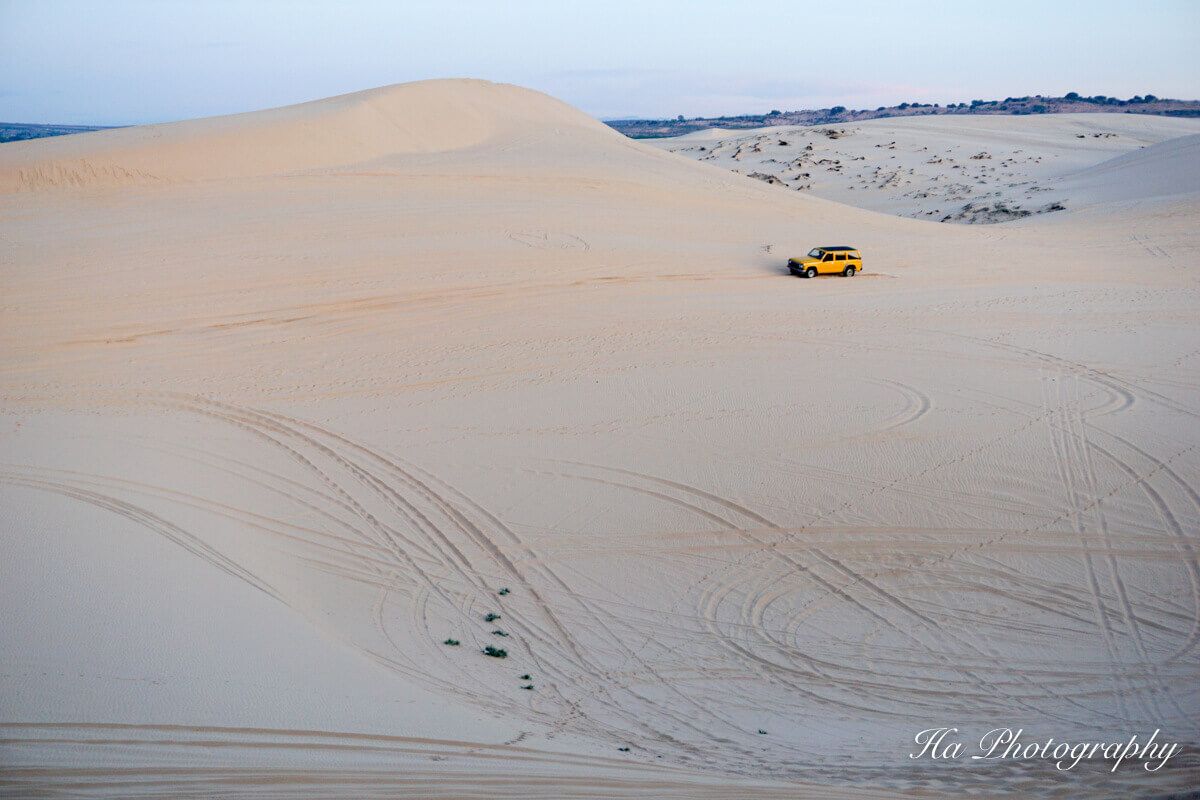
Da Lat
Da Lat has a special place in my heart. I actually lived here for almost a year, and it didn’t take long for me to fall in love with its cool climate, misty mornings, and pine-covered hills.
The fresh air and slower pace make it feel so different from the big cities. It’s almost European, but with a Vietnamese heart.
The city itself is charming. You’ll notice French colonial villas scattered around, flower gardens blooming year-round, and Xuan Huong Lake right in the center, where locals come to walk, cycle, or just sit and chat.
Lang Biang Mountain is another must-visit, especially if you want panoramic views of the Central Highlands.
One of the quirkiest spots I’ve explored here is the Crazy House. It looks more like a fantasy maze than a hotel, with twisting staircases and dreamlike architecture. It’s weird, but in the best possible way.
Food is another reason I never get tired of Da Lat. Street stalls serve bánh tráng nướng (the so-called “Vietnamese pizza”), and it’s the perfect snack to eat hot off the grill. Evenings are great for gathering around a steaming hotpot or BBQ, which feels especially cozy in the cool mountain air.
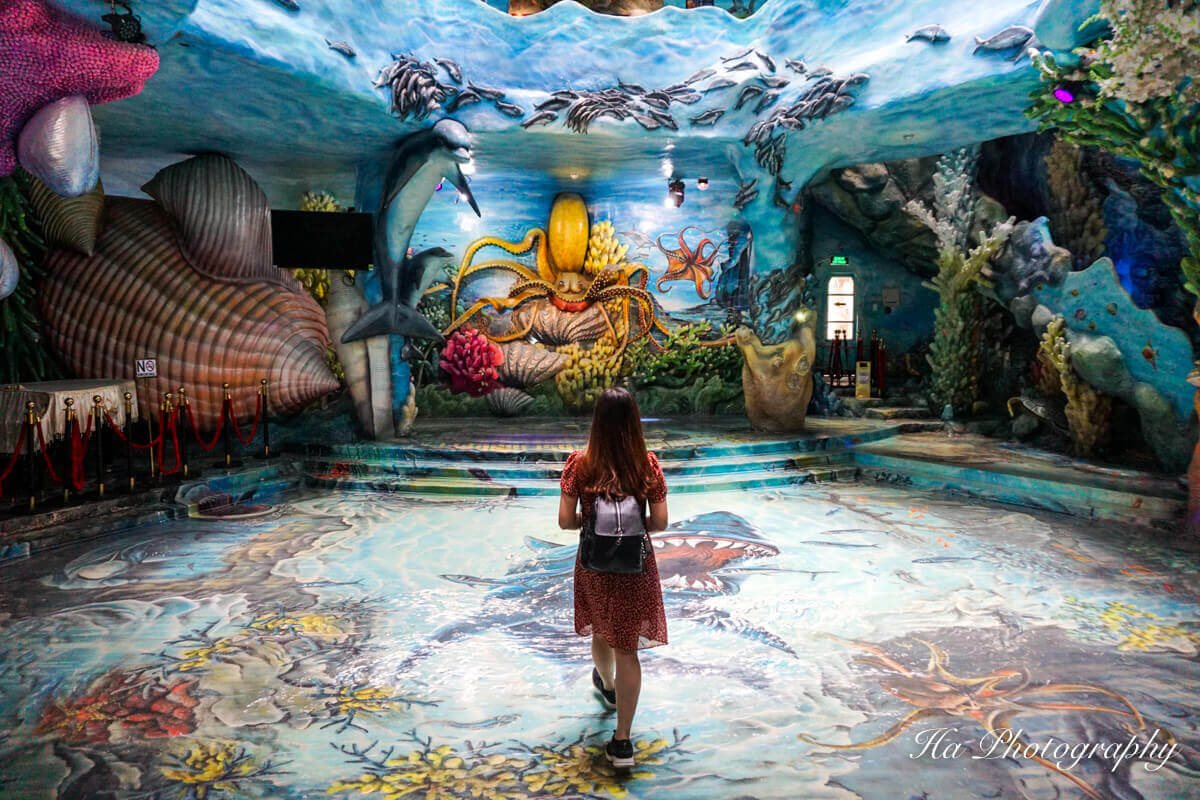
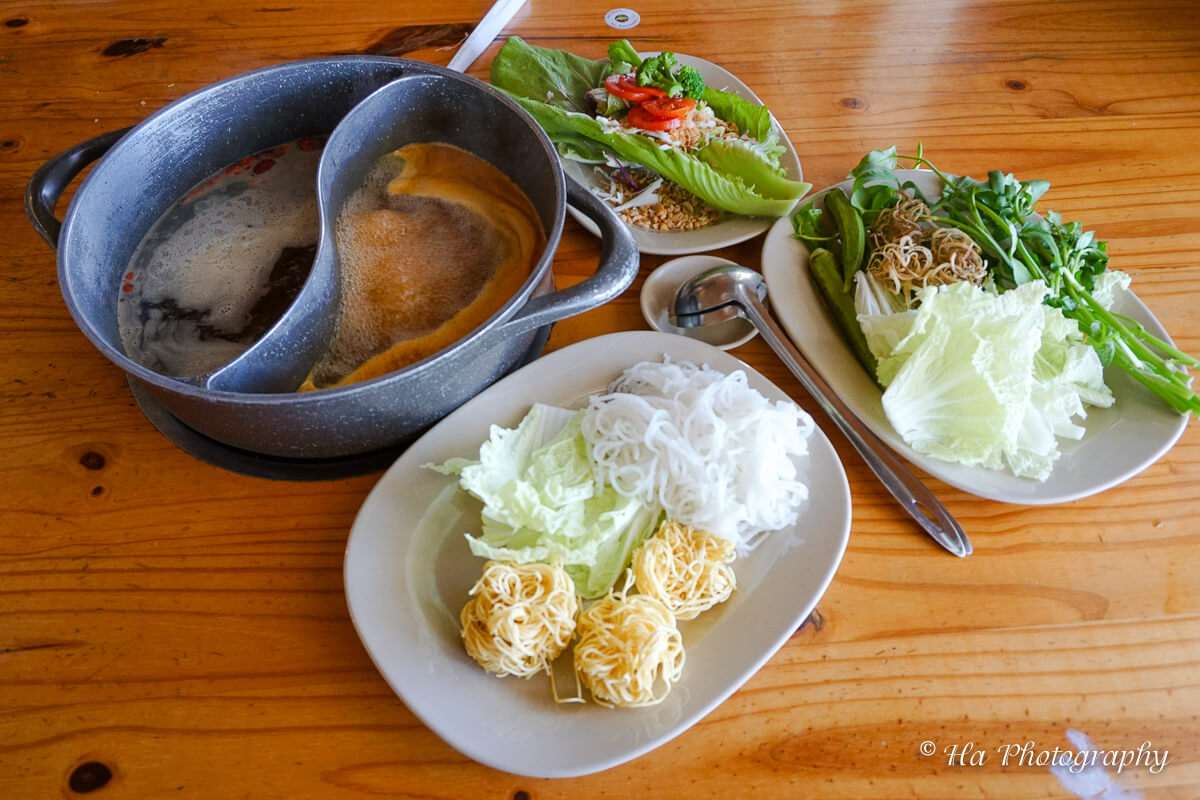
Ho Chi Minh City
As someone who was born and raised in Ho Chi Minh City, this place will always feel like home.
It’s Vietnam’s largest city, and it never slows down. There’re scooters everywhere, street food at all hours, and a constant buzz that’s hard to describe until you’re in the middle of it.
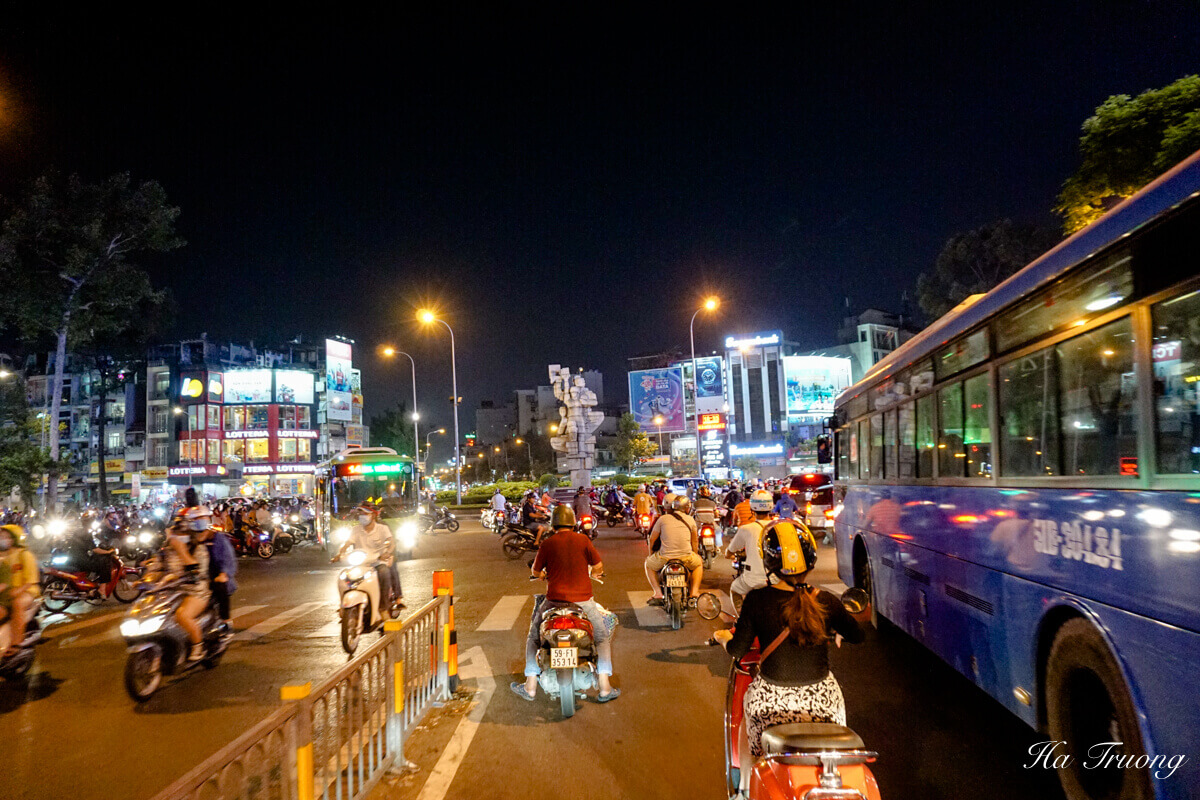
Visitors usually start with the landmarks: the War Remnants Museum, Independence Palace, or Notre Dame Cathedral.
But for me, the real spirit of Saigon is in its everyday life. Sitting on a plastic chair with a glass of iced coffee, watching the organized chaos of traffic pass by, feels just as memorable as any monument.
I always tell friends not to miss the street food here. Saigon has everything from classic phở to incredible bánh mì, but my favorite is cơm tấm (broken rice with grilled pork). If you want to try a lot in one night, joining a street food tour is the easiest way to explore the city’s food culture.
The nightlife is lively too, whether you’re on Bui Vien walking street or in a rooftop bar overlooking the skyline.
No matter how many times I return, Saigon surprises me with something new. It’s chaotic, a little overwhelming, but full of energy. And I wouldn’t have it any other way.
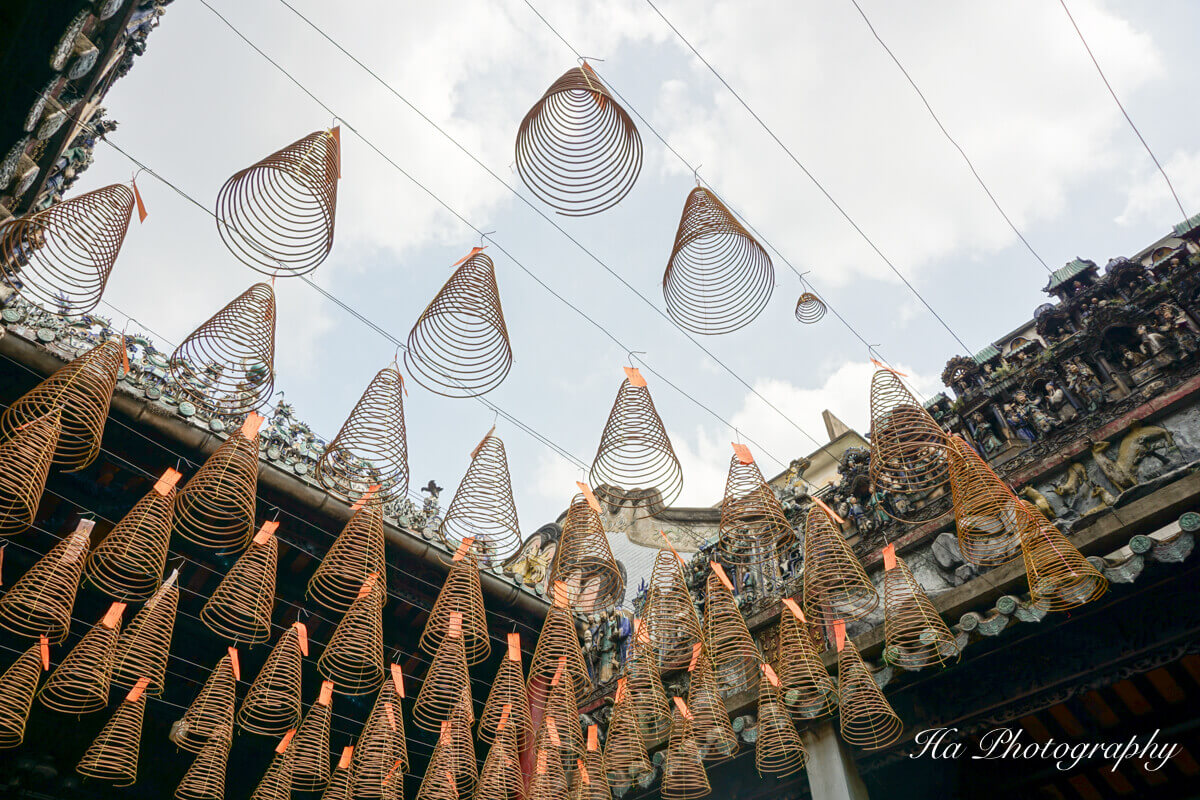
Mekong Delta
The Mekong Delta has always felt familiar to me. I have relatives here, so I’ve been visiting since I was a kid. Every trip brings back memories of family gatherings, boat rides, and meals made from the freshest ingredients straight from the garden.
This region in Southern Vietnam is a maze of rivers, canals, and villages where daily life revolves around the water. Whenever I visit, I’m reminded of how different it feels from city life. People travel by boat, markets float on the river, and fruit orchards stretch out as far as you can see.
The floating markets are the highlight for many visitors. Cai Rang in Can Tho is the most famous, and I love watching boats piled high with pineapples, melons, and even steaming bowls of noodle soup being passed from one boat to another. It’s noisy, colorful, and full of energy.
Beyond the markets, the delta is full of small surprises. You can cycle through quiet villages, taste tropical fruit straight from the orchard, or stay overnight in a homestay where dinner is cooked with ingredients just picked from the garden. For me, it’s one of the most authentic cultural experiences in Vietnam.
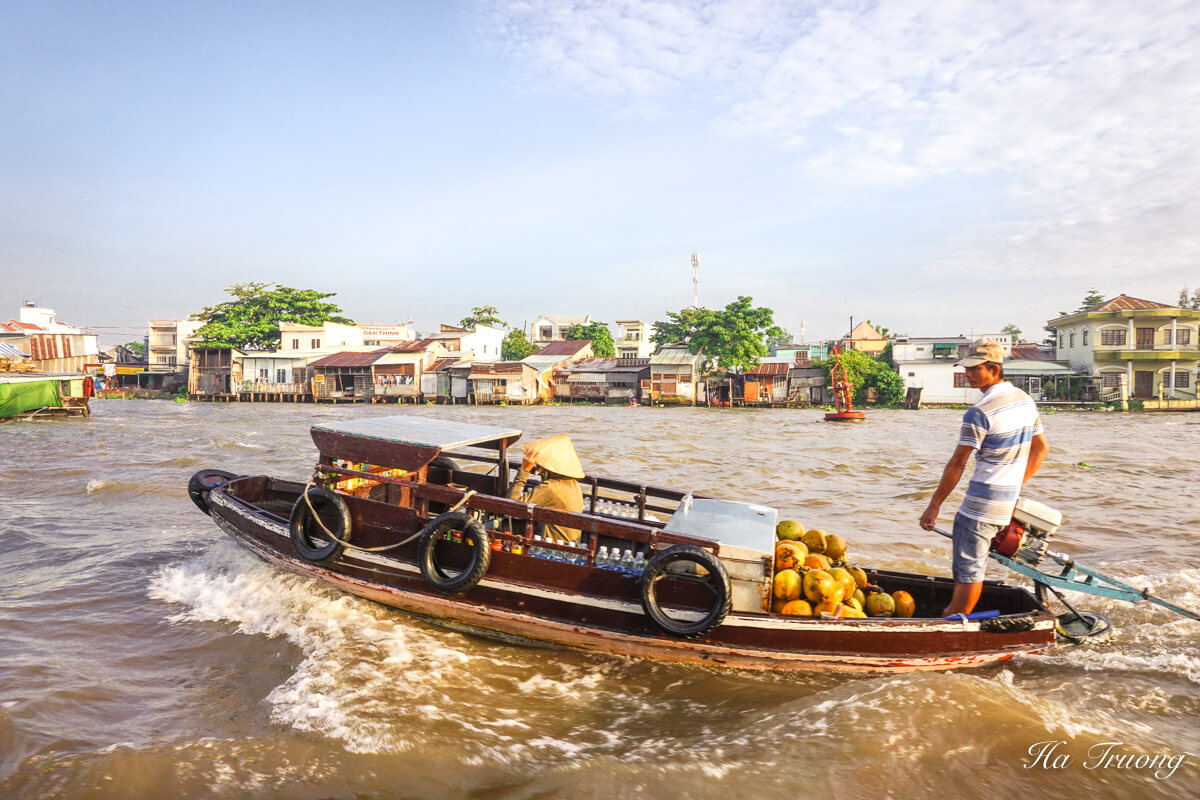
Phu Quoc Island
If you’re craving beaches, Phu Quoc is the place to go. As Vietnam’s largest island, it’s famous for its white sand, clear blue water, and laid-back vibe.
Long Beach is the most popular, but I prefer Sao Beach for its soft white sand and swaying palm trees. Watching the sunset here is something I never get tired of.
Phu Quoc isn’t only about the beach though. More than half of the island is protected as Phu Quoc National Park, a UNESCO Biosphere Reserve.
Hiking or biking through the forest trails gives you a break from the coast and a chance to see another side of the island. Don’t miss Bee Farm or Pepper Farm.
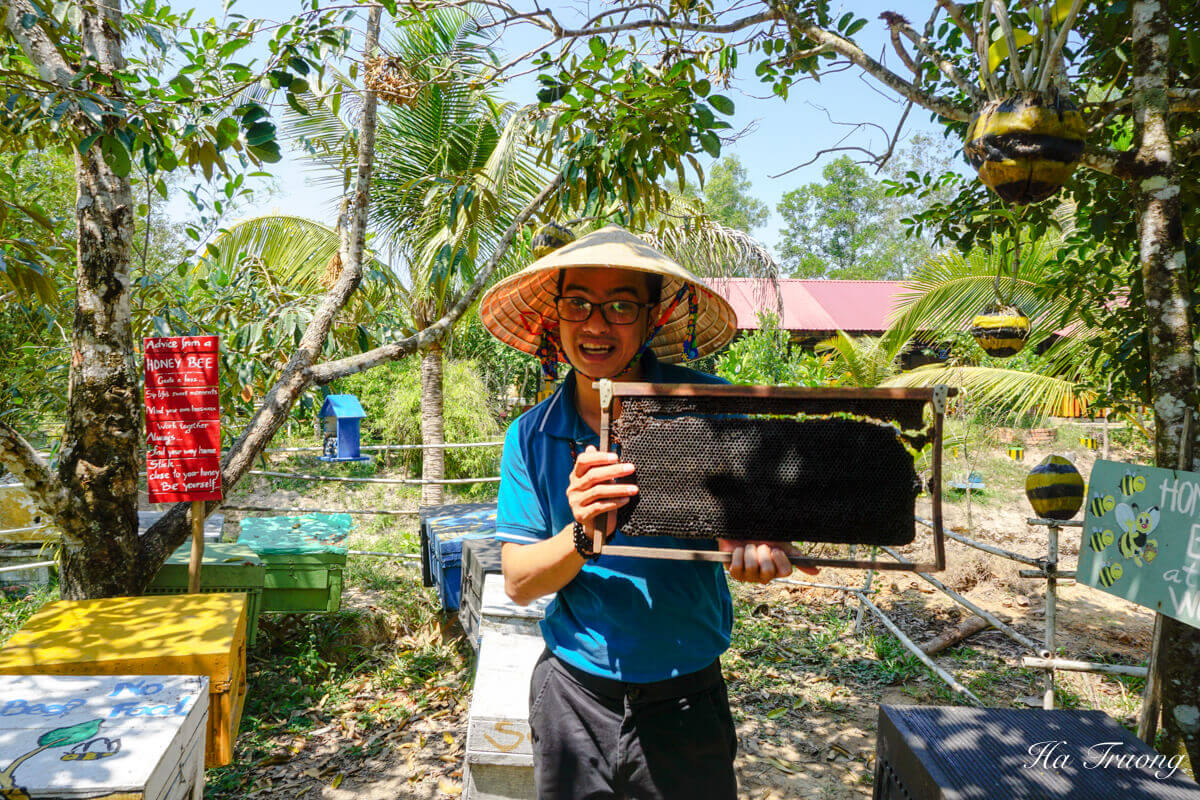
There’s history here too. The Phu Quoc Prison, now a museum, is a sobering reminder of Vietnam’s past. Walking through its exhibits gave me a new perspective on the island beyond the postcard-perfect scenery.
And of course, the food is fantastic. Phu Quoc is famous for fish sauce (a staple in Vietnamese cooking), and the night market in Duong Dong is the best place to try fresh seafood. Grilled squid, crab, sea urchin are all on offer.
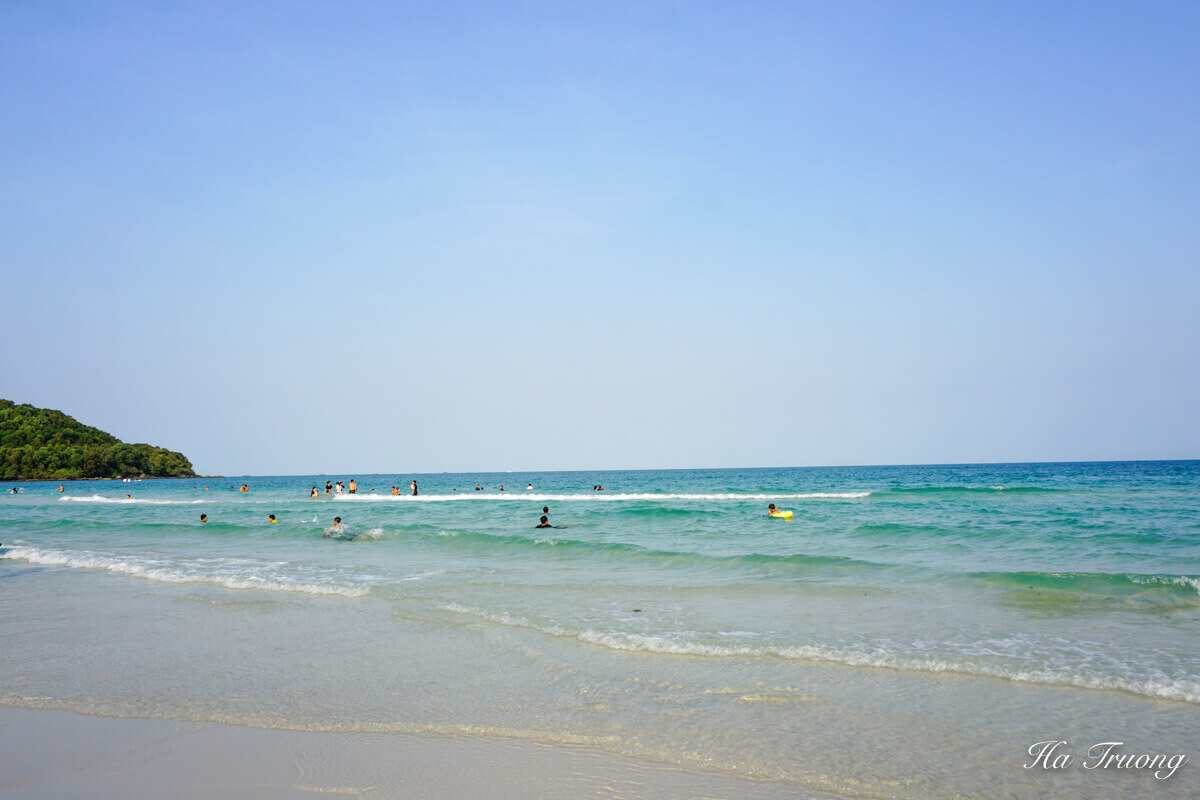
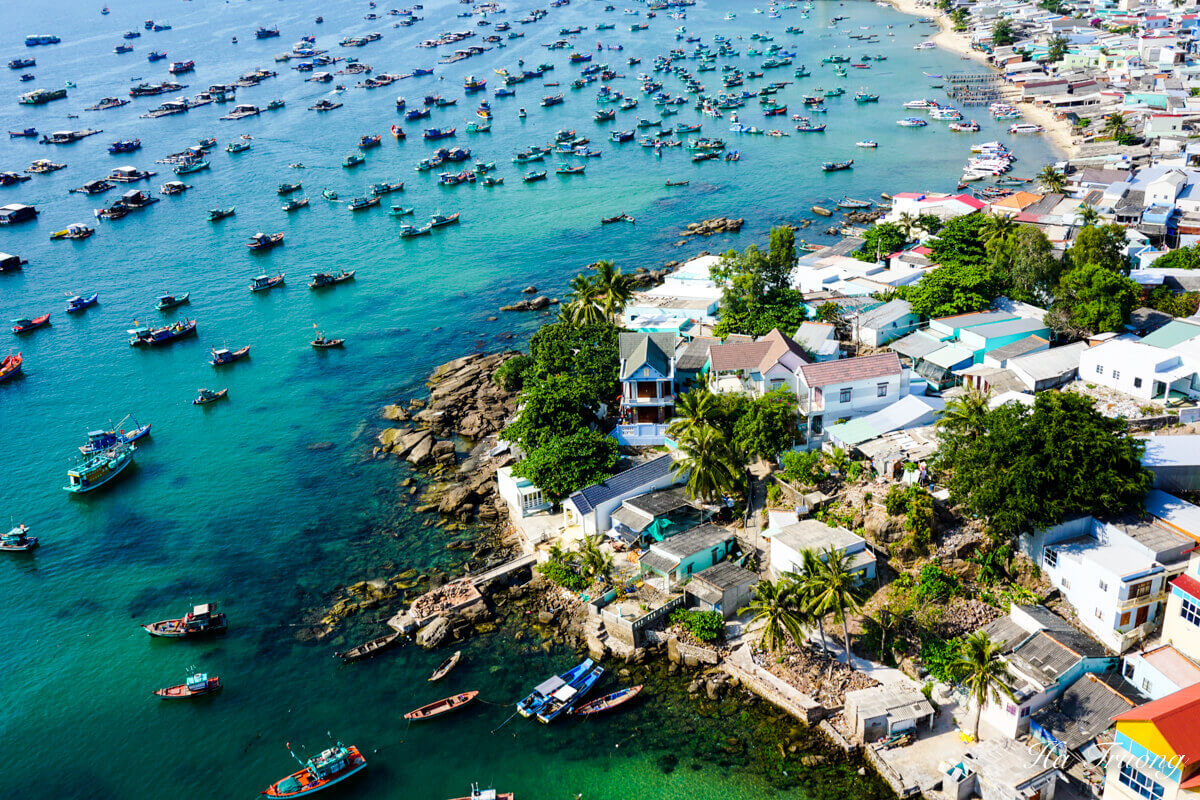
Vietnam Travel Tips
Planning a trip to Vietnam is exciting, but it can also feel overwhelming with so many amazing places to see. To make things easier, here are a few guides I’ve written that will help you plan your journey:
- Vietnam Itinerary Ideas: Not sure how to fit everything in? Check out my two-week Vietnam itinerary for a detailed route from north to south.
- Best Time to Visit: Weather makes a big difference. I’ve put together a guide on the best time to visit Vietnam so you can decide which season suits your travel style.
- Transport Tips: Getting around Vietnam can feel tricky at first. My guide on how to travel Vietnam by train and sleeper bus explains everything you need to know.
- Food to Try: Vietnamese cuisine is a highlight of any trip. Don’t miss my Vietnamese street food guide! I promise you’ll want to try everything.
- Language Basics: Even just a few words go a long way. Check out my list of useful Vietnamese phrases for travelers.
Pin it for later!
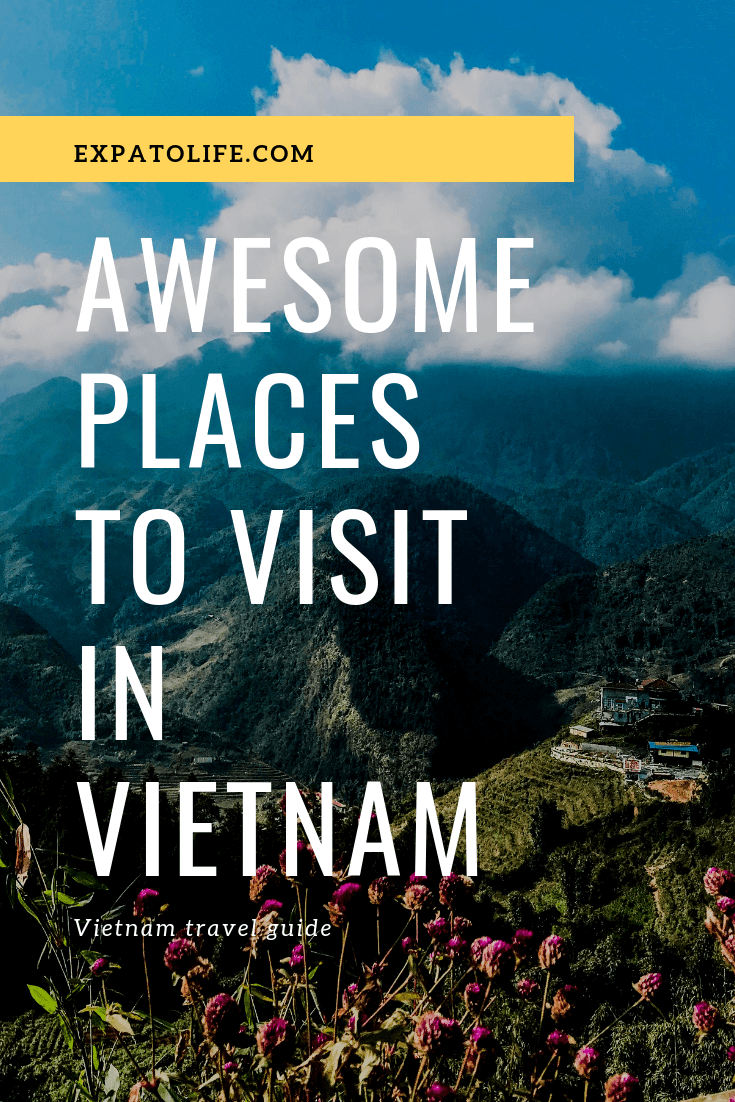



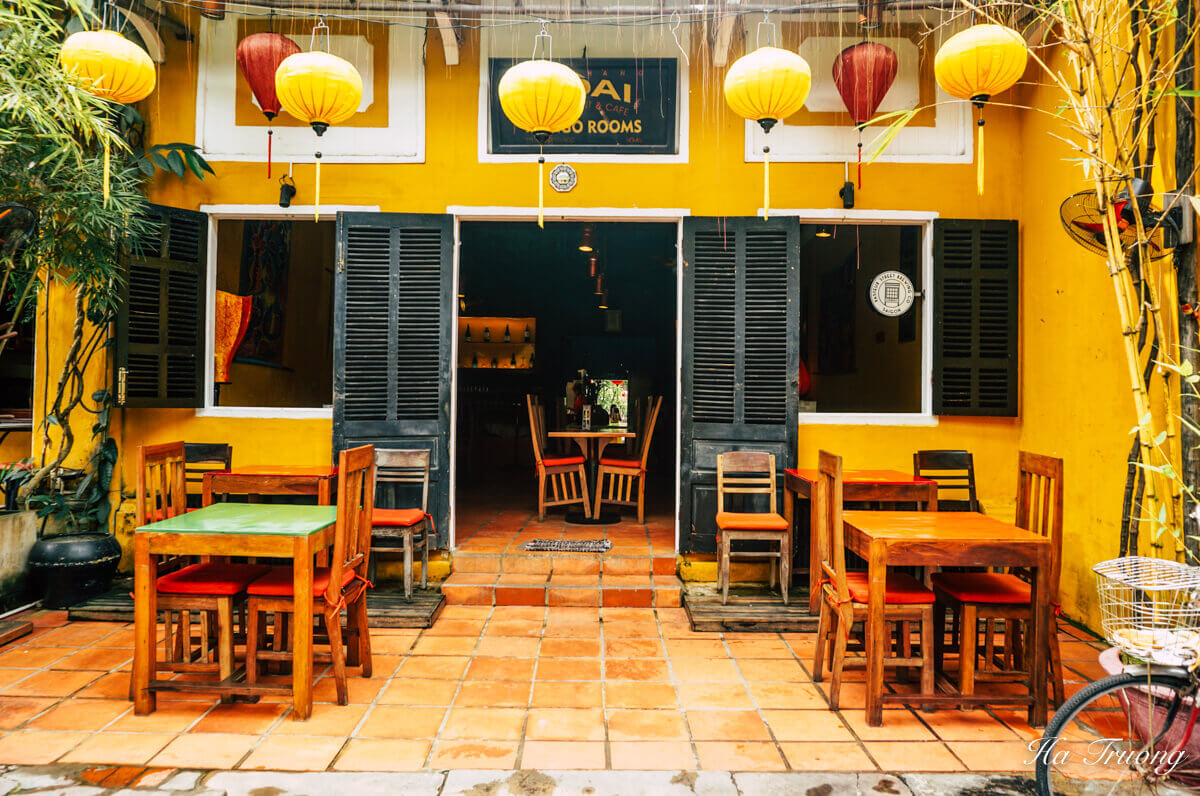
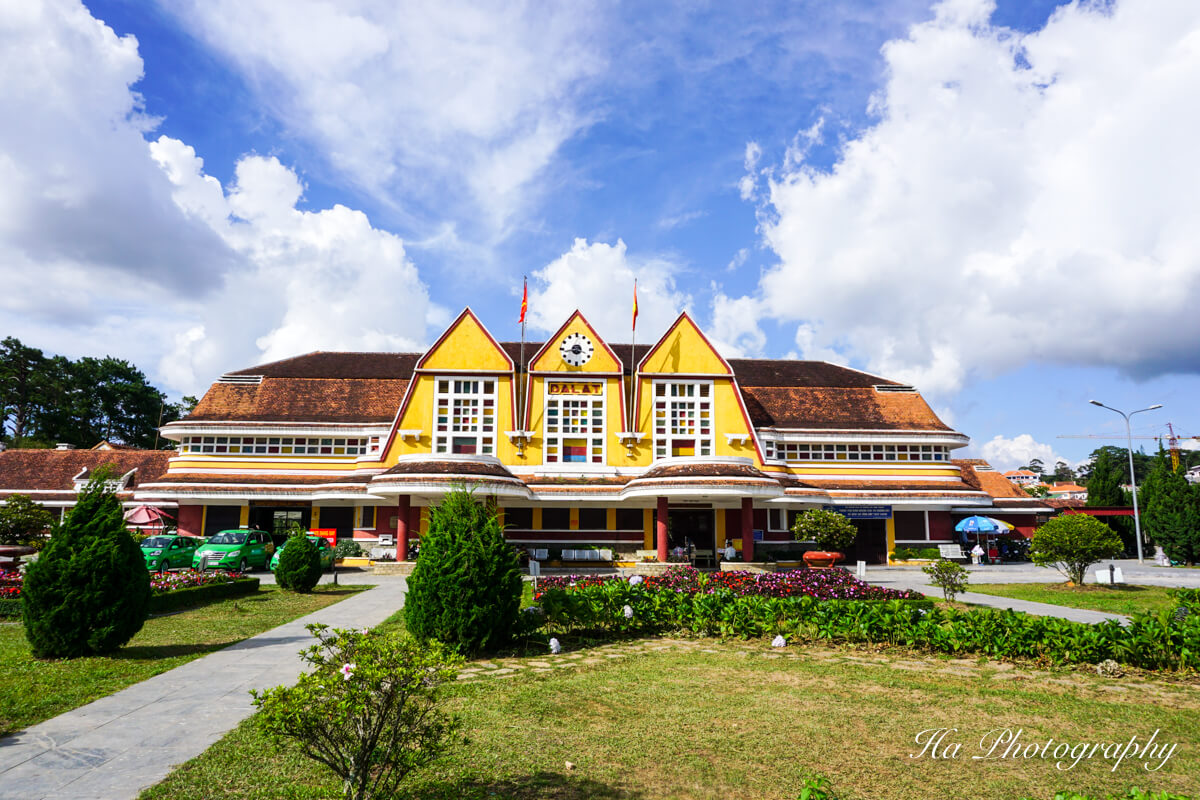
This is a great starting point for thinking about a trip to Vietnam. We’ve been considering which country in this part of the world to visit next, after a wonderful trip to Thailand this year, and Vietnam keeps coming to the top of the list. Thanks for the introduction!
Thank you, Kavita. I hope you will consider visiting my beautiful country :)
This brought back happy memories of my travels through Vietnam although I never made it to Dalat nor Mui Ne. Phu Quoc was my favourite place at the time, but I expect it’s changed since I was more than 15 years ago. Think it’s time for a revisit!
I think Phu Quoc has changed a lot lately, so it’s time to visit Vietnam again :)
I’m planning a trip to SEA for my birthday next year and want to spend some time in Vietnam. Thank you for breaking down all the major cities! I’m really interested in visiting Hue for the history and obviously Hanoi for the culture. The Mekong sounds like it would be fun to visit, especially for the floating market. Thanks for the heads-up about how long it takes to get to Ha Long Bay from Hanoi!
Spending great time traveling in Vietnam is definitely a good idea for birthday :)
Ahhh Vietnam is one of my favorite countries in the world! LOVE this list. Hoi An is the best!!! We never made it to Mekong Delta or HCM, but it looks like we need to make a trip back!
It’s great to hear that you love Vietnam! Hope you will come back one day and explore more :)
I’ve been considering going to Vietnam for a while. I’d like to go before it gets too touristy. I hadn’t realized how many UNESCO sites and beaches there were. What a perfect combination!
There are so many UNESCO sites in Vietnam, and we have beautiful beaches along the country :)
Vietnam looks amazing. I didn’t realize there were so many UNESCO sites in the country. I’d love to check out all of these places, but I would really love to see the Cai Beo floating village.
I hope you can visit Vietnam soon :)
Wow, you have given a complete list of places to visit in Vietnam from North to South. I have heard only about Hanoi and Halong Bay, but would love to explore the beautiful landscapes of Sapa. Mountain scenery and temple of Ninh Binh is also worth visiting.
Ha Long Bay is probably the most famous place in Vietnam, but surely Vietnam has more to offer :) All the places in this list are worth visiting.
I really loved visiting Vietnam when I was there a few years ago. I went to Saigon and to the center in Hoi An, but would love to see more! Sapa, Ninh Binh, and Hue are incredible. Hopefully, I’ll see it one day soon!
Great to hear that you had an amazing time in Vietnam :)
Vietnam has always been on our bucket list! It looks like a beautiful part of the world!